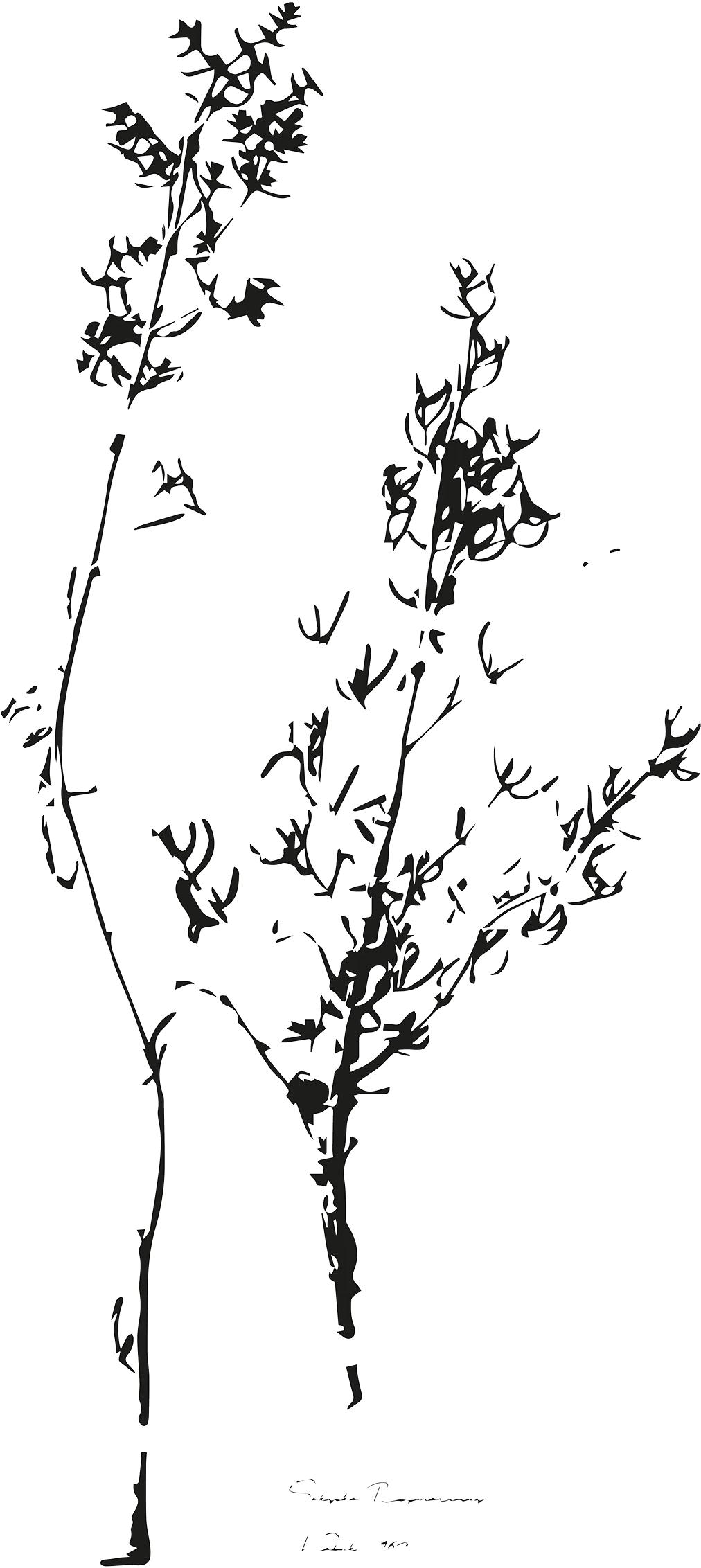Why does the future look so bland?
And what does it tell us about our society?

Last weekend I read about the decline of the British lace making industry.
Around 17,000 people once worked in the trade; now there is only one company left, with no apprentices.
It’s hard not to feel misty eyed about the loss of this tradition. After all, it's a story we’re familiar with. Charles Mason is the last of an unbroken line of lacemakers bearing his family name stretching back to the 17th century. We were inspired to create ISHKAR after meeting another last-of-the-line, Ghulam Sekhi - the last remaining glassblower in Afghanistan after 2,000 years of history.
But, despite our sympathy, we do not believe in preserving tradition for tradition’s sake. Traditions - like technologies - are not preserved in formaldehyde. They mutate, they evolve, they fade away.
When the first mechanised lace-making machine was invented in 1809, the inventor, John Heathcoat, was cast out of town by the Luddites. They were revolting against technologies that threatened the livelihoods of artisan lacemakers in the region. Now it is time for the machine that threatened those bearers of tradition to also disappear into history.
No, what struck me, is that the decline of British lacemaking seems to tell a story about modern aesthetics that is reflective of the age we live in.
Lace is the embodiment of an aesthetic of intricacy, ornament and detail. Going slowly out of style since the 1920s, lace has swum against the progressive current of minimalism which has slowly become a global design default (recommend following the Cultural Tutor on this topic).
I, personally, don’t like lace. I can appreciate the craft, but I don’t find it beautiful.
An IKEA table on the other hand? No strong views. They’re fine. Stripped of detail, their neutrality appeals to nearly everyone. In contrast, detailed objects come with character and identity. And that appeals to different tastes.

Just around the corner from where we live, is the Museum of the Home. The museum exhibits rooms from different decades. The rooms after the millennium are extremely well done, put together with incredible attention to detail.
And in doing so what they reveal is the distinct lack of detail in modern interiors. Rooms filled with objects scrubbed of character, and often colour. Offensive to no-one, meaningful to few.
Type in ‘futuristic interiors’ into Google and the vision of the future you are served only gets more bland. The future is consistently portrayed as a world of clean, textureless surfaces.

The interiors found on a Star Wars set can be - and often are - extremely beautiful in their minimalism. But they are, almost without exception, monotone and impersonal. Is this really what our future homes will look like?
The one thing clearly missing in stock-images of futuristic interiors is objects crafted by hand.
British lace making is not dying only due to lack of demand. It is dying because the company cannot find young apprentices with the patience to learn and operate the complex foot and hand powered contraption which creates the cards which give the lace making machine their cues.
With the continued rise of attention-span sapping technology, will future generations have the patience to master the crafts that have traditionally filled our homes? And will we even want them to?
As revealed by the Museum of the Home, the forces of globalization, and exaggerated by social media, do appear to be bending global taste to a neutral mean.
But while world-flattening mega trends will no doubt play a big role in future global tastes, at ISHKAR we don’t share ‘futurists’ vision of the future.
Our world is becoming increasingly friction-free. We work in offices of sheet-glass, we have lunch at wipe-free tables and we spend much of our lives prodding, poking and swiping spotless laptops and smartphones.
We believe that this means instead of making our homes mirror our smooth surroundings, we will seek out the exact opposite: texture. Objects which are rough, imperfect, unique.
These are the very qualities we find in nature - a thing which our increasingly urbanised society feels detached from. These are also the qualities we find in hand made objects.
When holding something which has been entirely made by hand, there is a connection between you and the person who made that object. The product you hold in your hands, has been held in theirs. In a way no factory made product can, handmade objects remind us of our humanity.
In the coming age of AGI, this may be something we value even more than we do today. Perhaps, in this future, the world’s best artisans will be the equivalent of the elite AI engineers of today - able to wield skills in high demand, sought after by many, accessible to few.
Machines will always struggle to compete with skilled hands which can produce objects which bring character to their surroundings. Objects that have personality as well as function. Objects that say something about their owner, rather than nothing at all.
That’s the future.
- Edmund Le Brun






